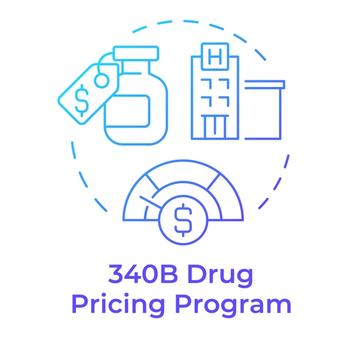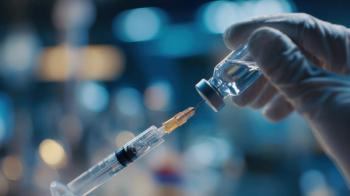
Prime Therapeutics Reduces Opioid Claims with Targeted Intervention
David Lassen, Pharm.D., chief clinical officer at Prime, discusses a pilot program that used a predictive model to identify patients at high risk of overusing opioids.
A pilot intervention program developed by Prime Therapeutics saw decreased opioid claims and lower morphine milligram equivalents for Medicare members who were at high risk of overusing opioids.
The pilot with Blue Cross and Blue Shield of Florida and GuideWell Mutual Holding used Prime’s GuidedHealth opioid registry, a listing that helps identify Medicare members who were either new opioid starters or current opioid utilizers and at risk for opioid risk harm. The registry also feeds Prime’s predictive model that determines a members’ probability of exceeding thresholds of daily use of opioids in the coming next six months. Together, the registry and predictive model helped prevent opioid misuse for members.
“Our goal was to approach this from the perspective of how can we help to improve overall outcomes by getting more proactive and predicting who may or may not be in a future state, more vulnerable for an opioid overuse scenario,” David Lassen, Pharm.D., chief clinical officer at Prime, said in an interview with Formulary Watch.
Compared with the control group, new opioid users had a 37%-point decrease in morphine milligram equivalent use and had a 29%-point improvement in opioid discontinuation. Among prior opioid users, this group 7% decrease in opioid prescriptions, a 2.8%-point increase in naloxone prescriptions and an overall 10% of members who discontinued opioids in the follow-up period.
Key elements of the pilot program included GuideWell’s opioid registry along with Prime’s opioid predictive model, which was developed in 2018. The predictive model uses the Centers for Disease Control and Prevention (CDC) definition of high dose opioid therapy, which is associated with increased harm, as greater than or equal to 90 milligrams morphine equivalent (MME) daily dose.
The model uses data about severity of illness, socio-demographics, refill history and other medications patients are taking to identify those who could benefit from intervention. “We wanted to target more appropriately and effectively our intervention strategies,” Lassen said.
Surveys Prime has done in the past showed that patients often don’t realize the medication they are taking is an opioid even though those same survey show patients understand that the opioid epidemic is a serious concern.
For patients with new opioid prescriptions, Prime’s intervention focused on education about the medications they are taking. For those patients who had previously used opioids, Prime contacted both the patient and the prescriber about safety measures that were important, including the importance of having naloxone available to treat potential overdoses in an emergency situation.
Prime has been working on managing opioid use and abuse more than a decade. Creating tailored approaches for how to assist members based on where they are in their opioid journey is vital to helping improve their health, Lassen said.
“This pilot validates the fact that our adding our opioid predictive model to our overall guide to health management, intervention, population health is of significant value,” Lassen said. “It provides members who need it more personalized care management support. This helped us target more appropriately those patients.”
Going forward, Lassen said Prime is planning to roll out similar opioid intervention programs outside of the Medicare space and into commercial populations.
Additionally, Prime has already begun to use the predictive model for identifying patients who could be nonadherent with their medications. This would enable a similar intervention program.
Another area where the predictive model is being applied with specialty and other high-cost medications. In the case, the model is looking for what Prime calls “super spenders,” those members with total drug costs of more than $250,000 a year. Just a small percentage of Prime’s member — 0.032% — have more than $250,000 in drug costs, but it adds up to about 10% of the total drug spend. Prime’s predictive model is about to provide insights into high-cost medication use to help better manage this spend.
Newsletter
Get the latest industry news, event updates, and more from Managed healthcare Executive.




